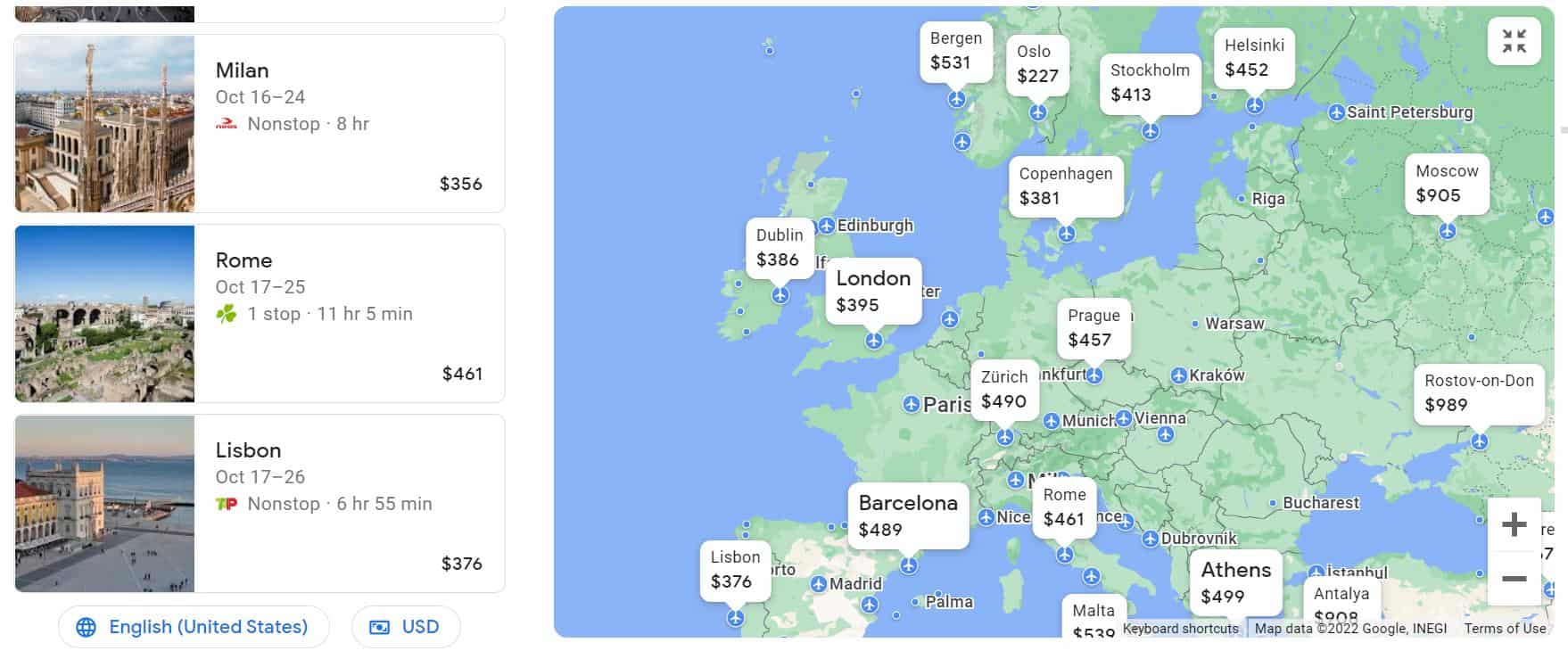In an era defined by technological advancements and the quest for streamlined travel experiences, Google Flights has emerged as a powerful tool for travelers seeking convenience, comprehensive information, and cost-effective options. As a service offered by the tech giant Google, Google Flights has reimagined the way people search for, compare, and book flights, making it a go-to platform for both casual vacationers and frequent fliers alike.
At its core, Google Flights is a flight search engine that aggregates data from various airlines and travel agencies, presenting users with a user-friendly interface to explore flights and travel options. Its minimalist design belies the depth of features it offers, transforming flight booking into a more informed and efficient process.
One of the standout features of Google Flights is its intuitive and powerful search capabilities. Travelers can input their departure city, destination, travel dates, and other preferences to receive a comprehensive list of flight options from multiple airlines. The platform’s flexibility allows users to adjust their search criteria, exploring different travel dates and nearby airports to find the most convenient and cost-effective options.
What truly sets Google Flights apart is its ability to provide travelers with insights and data-driven recommendations. The “Explore” feature lets users explore destinations based on their budget, travel dates, and interests. By analyzing historical price trends and travel patterns, Google Flights suggests optimal times to book flights for the best deals. This predictive capability empowers users to make informed decisions about when to travel, helping them save money in the process.
Moreover, Google Flights’ transparency extends beyond mere flight prices. The platform offers users detailed information about amenities and services provided by different airlines, such as baggage fees, legroom, Wi-Fi availability, and more. This information helps travelers make choices that align with their preferences and priorities, enhancing the overall travel experience.
Another remarkable aspect of Google Flights is its integration with Google’s ecosystem. Travelers can receive flight status updates, gate information, and even hotel booking suggestions seamlessly through Google services like Google Search and Google Assistant. This integration simplifies the travel journey, providing travelers with real-time information and assistance when needed.
Google Flights also caters to those who are uncertain about their travel plans by offering a “Track Prices” feature. Users can save specific flight routes and receive notifications whenever prices change, allowing them to pounce on deals as soon as they become available. This feature is particularly useful for travelers who are flexible with their plans and willing to wait for the right opportunity.
In an increasingly globalized world, international travel has become commonplace. Google Flights acknowledges this trend by offering multi-city and open-jaw flight searches. Travelers can effortlessly plan complex itineraries involving multiple destinations and stopovers, further highlighting the platform’s adaptability to various travel preferences.
In conclusion, Google Flights has transformed the way individuals approach air travel by offering a comprehensive, data-driven, and user-friendly platform. With its predictive insights, transparent information, and seamless integration with other Google services, Google Flights has become an indispensable tool for travelers seeking convenience and value. As technology continues to evolve, Google Flights is likely to keep setting the standard for how travelers discover and navigate their journeys in an ever-changing world.

 Counseling Amore: Nurturing Relationships Through Expert Guidance
Counseling Amore: Nurturing Relationships Through Expert Guidance  Video Projector Rental: Elevate Your Event with High-Quality Visuals
Video Projector Rental: Elevate Your Event with High-Quality Visuals  Malaga Wedding Venues: A Guide to Your Dream Destination Wedding
Malaga Wedding Venues: A Guide to Your Dream Destination Wedding  The Benefits and Importance of Pressure Washing in Fife
The Benefits and Importance of Pressure Washing in Fife 

